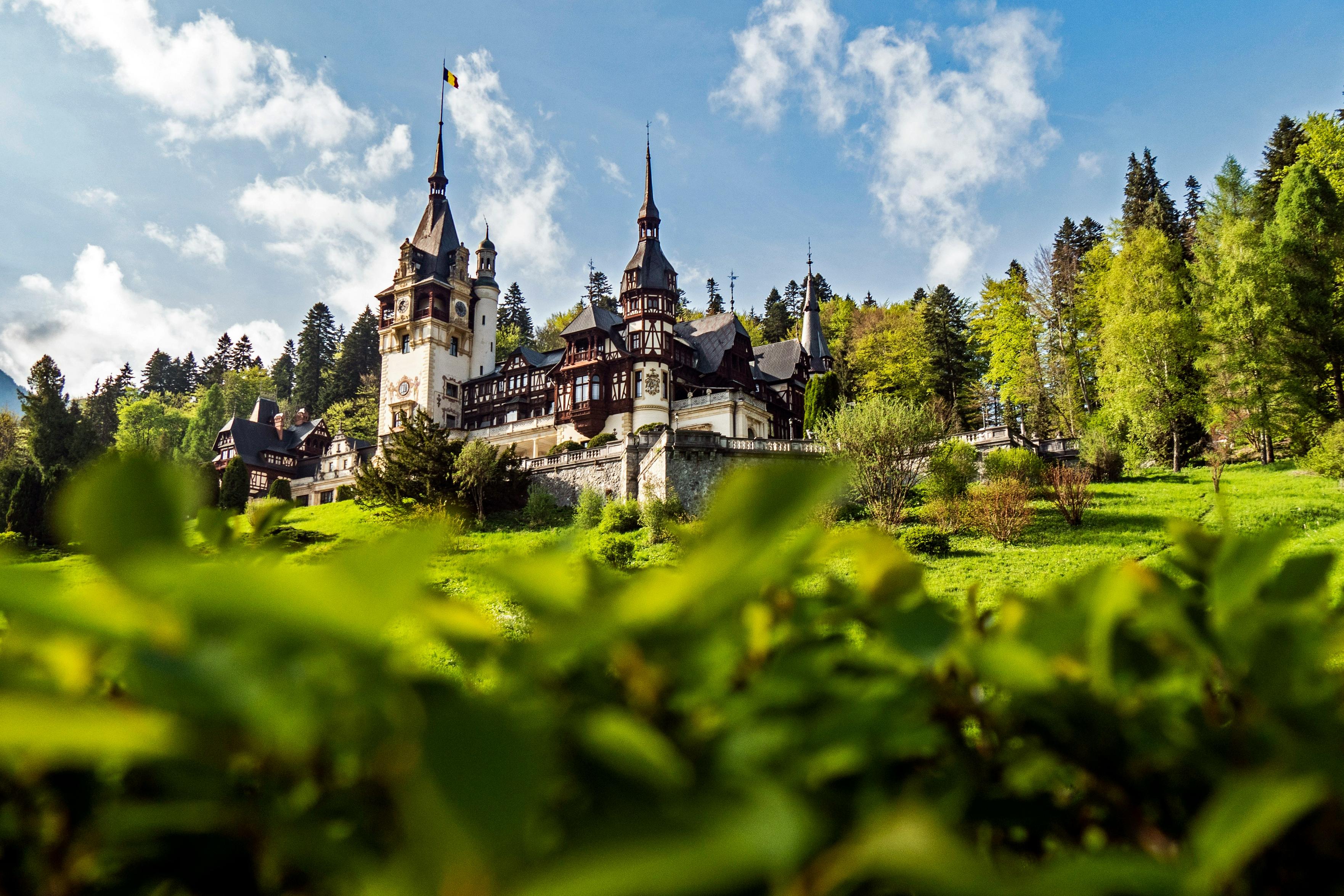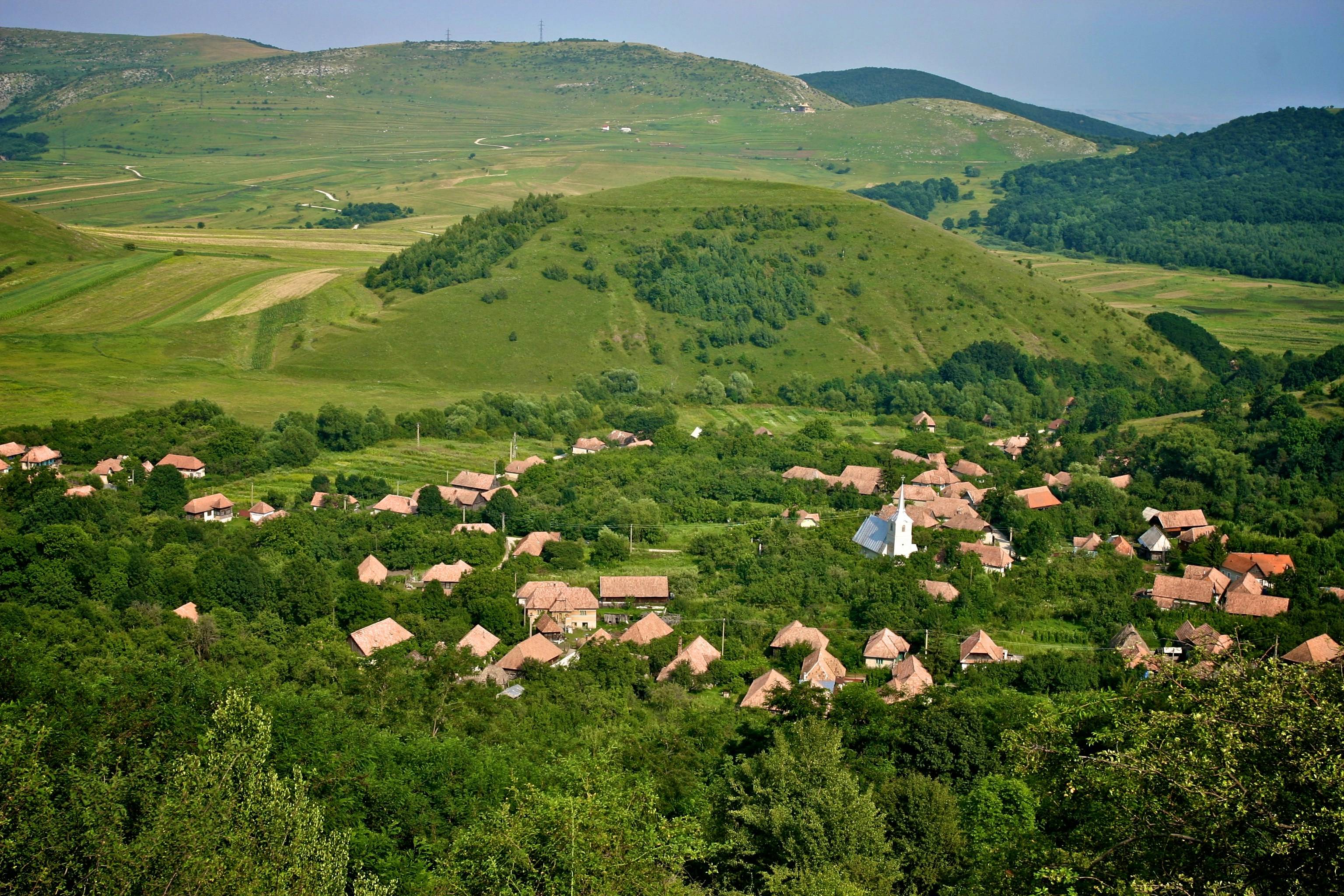
Romania, land of legends between mythical castles, enchanted villages, and wild nature

A fascinating country with multiple facets, Romania enchants with its diverse landscapes and rich heritage. From majestic Transylvania and its legendary castles to UNESCO-listed Saxon villages, from the wild peaks of the Carpathians to the Danube Delta, an exceptional biosphere reserve, each region reveals its unique character. Bucharest, nicknamed the "Little Paris of the East", testifies to a glorious past between the Belle Époque and the communist era. More than a destination, Romania is a land of authenticity where ancestral traditions and preserved nature blend harmoniously. Travel its spectacular roads like the Transfăgărășan, explore its painted monasteries with brilliant frescoes, and let yourself be charmed by the legendary hospitality of its inhabitants. Between fascinating history, generous gastronomy, and adventures in nature, Romania promises an unforgettable journey for travelers seeking wonder and authenticity.
View all our trips
View all our trips
Romania, a land of legends between Transylvanian castles, Saxon villages, and wild Carpathian nature

Bucharest, the Little Paris of the East
A vibrant and cosmopolitan capital, Bucharest surprises with its mix of Belle Époque architecture, monumental communist buildings, and bohemian neighborhoods in full renaissance. Between the majestic Palace of Parliament, the elegant Romanian Athenaeum, the cobbled streets of the Lipscani district and its lively cafes, Bucharest reveals a unique energy. It's a city of contrasts where history meets modernity, where verdant parks offer peaceful havens, and where the cultural scene bubbles with creativity.

Transylvania and its legendary castles
A land of legends and mysteries, Transylvania fascinates with its medieval castles perched on rocky outcrops. Bran Castle, associated with the Dracula legend, and the sumptuous Peleș Castle are among the most beautiful in Europe. But beyond the fortresses, the region charms with its Saxon cities like Brașov and Sighișoara, its fortified villages listed as UNESCO sites, and its landscapes of green hills dotted with mysterious forests where time seems to have stopped.

Saxon villages and UNESCO heritage
The Saxon villages of Transylvania are true jewels of European heritage. Viscri, Biertan, Prejmer... These authentic villages with colorful houses and fortified churches testify to seven centuries of Saxon presence. Listed as UNESCO World Heritage sites, they offer a dive into a preserved rural way of life, where horse-drawn carts still travel the cobbled streets and where local hospitality warms the hearts of travelers.

The Danube Delta and the Black Sea
A biosphere reserve listed as a UNESCO site, the Danube Delta is Europe's largest delta and a paradise for ornithologists. Here you can observe Dalmatian pelicans, herons, cormorants, and over 300 bird species in a labyrinth of channels, lakes, and flooded forests. Lipovan fishing villages perpetuate an ancestral way of life. Nearby, the Black Sea coast offers wild beaches and seaside resorts like Constanța, an ancient city steeped in history.
Travel guide to Romania
When to visit Romania?
The best time to visit Romania is from May to October. Spring (May-June) offers lush landscapes and pleasant temperatures, ideal for exploring Saxon villages and castles. Summer (July-August) is perfect for the Black Sea coast and the Carpathian mountains. Autumn (September-October) delights with its flamboyant colors in Transylvania. Winter attracts ski enthusiasts and Christmas market lovers.
Entry formalities
For European Union citizens, a valid ID card or passport is sufficient to enter Romania for stays of less than 90 days. No visa is required for EU, Swiss, Canadian, and US nationals. Romania has been part of the Schengen area since March 2024 for air and sea travel.
Health and safety
No specific vaccine is required to travel to Romania. However, it is recommended to be up to date with basic vaccinations (DTP, hepatitis A and B). The European Health Insurance Card allows access to medical care for EU nationals. Tap water is drinkable in large cities, but prefer bottled water in rural areas. The country is generally safe for tourists.
Plane tickets
A Paris-Bucharest flight generally costs between €100 and €350, depending on the season and booking anticipation. Direct flights are offered by several airlines from major European cities. There are also flights to Cluj-Napoca, Timișoara, Iași, and Sibiu. Bucharest Henri Coandă Airport is the country's main international hub.
Time difference
Romania is in the UTC+2 time zone, one hour ahead of France. When it's noon in Paris, it's 1 PM in Bucharest. This difference remains constant year-round, as Romania also applies seasonal time changes at the same time as France.
Spoken languages
Romanian is the official language, a Romance language close to French, Italian, and Spanish. English is widely spoken by young people and in tourist areas. French maintains an important place, particularly in Bucharest and major cities. German is also heard in Transylvania, a legacy of the Saxon community, as well as Hungarian in certain regions.
Currency and cost of living
The Romanian currency is the leu (RON), €1 equals approximately 5 lei. The cost of living is about 40 to 50% cheaper than in France. A meal in a local restaurant costs between €8 and €15, a coffee €1.50. Credit cards are accepted everywhere in cities, but bring cash for rural areas and small shops.
Phone and Internet
Romania's country code is +40. The 4G/5G mobile network covers the entire territory. WiFi is available free in most hotels, restaurants, cafes, and public places. Local prepaid SIM cards are cheap and easily accessible. Roaming is included for European travelers at no extra cost.
Electricity
Electrical outlets in Romania are type C and F, identical to those used in France, with a voltage of 230V and frequency of 50Hz. No adapter is needed for travelers from France or other European countries.
Transportation
Romania has a train network connecting major cities, although journeys are often slow. Intercity buses are faster and more comfortable. Car rental is recommended for exploring the Transylvanian countryside, the Danube Delta, or driving the spectacular Transfăgărășan road. Taxis and ride-hailing apps (Uber, Bolt) are affordable in cities.
Discover our other destinations









